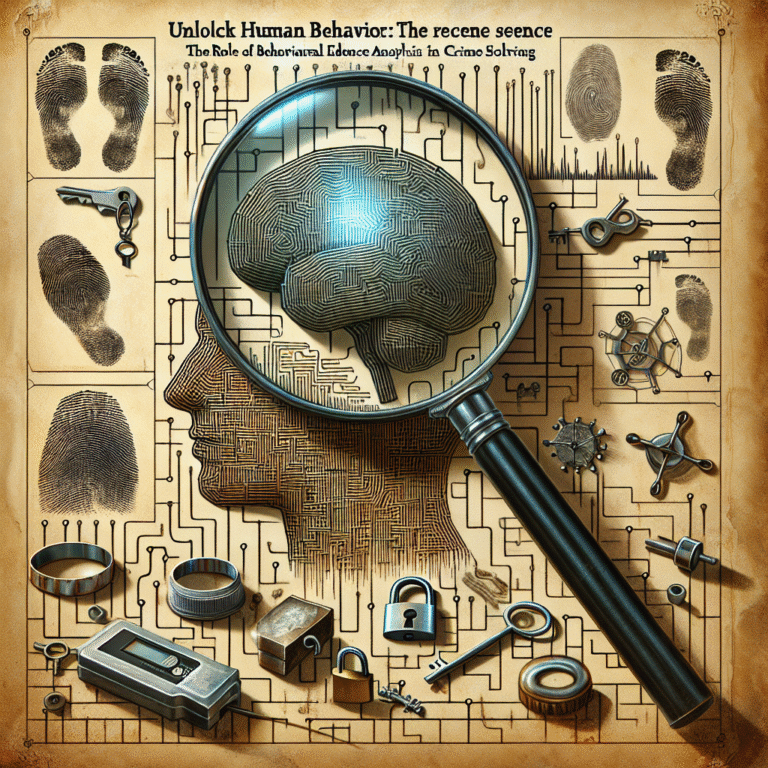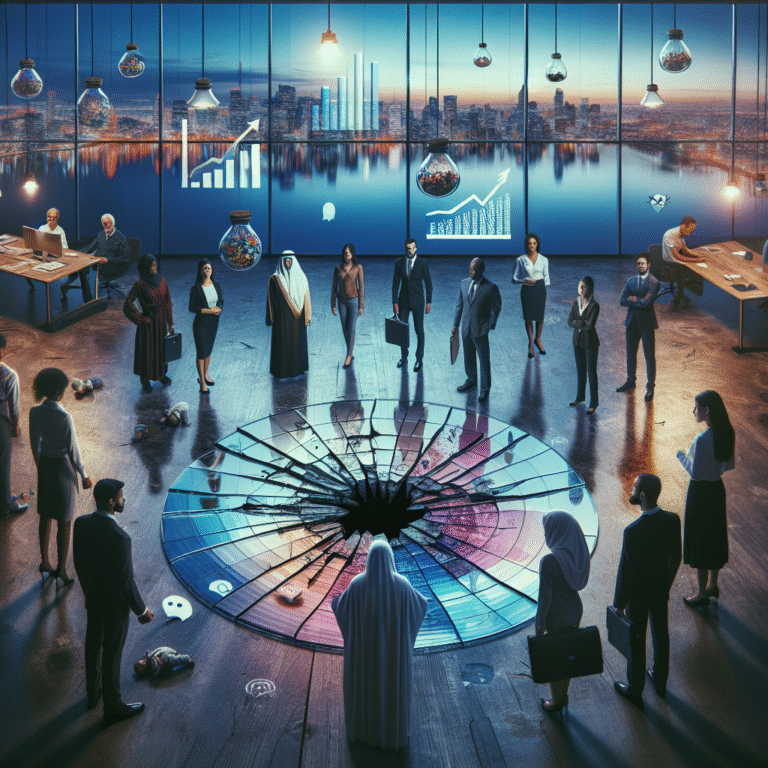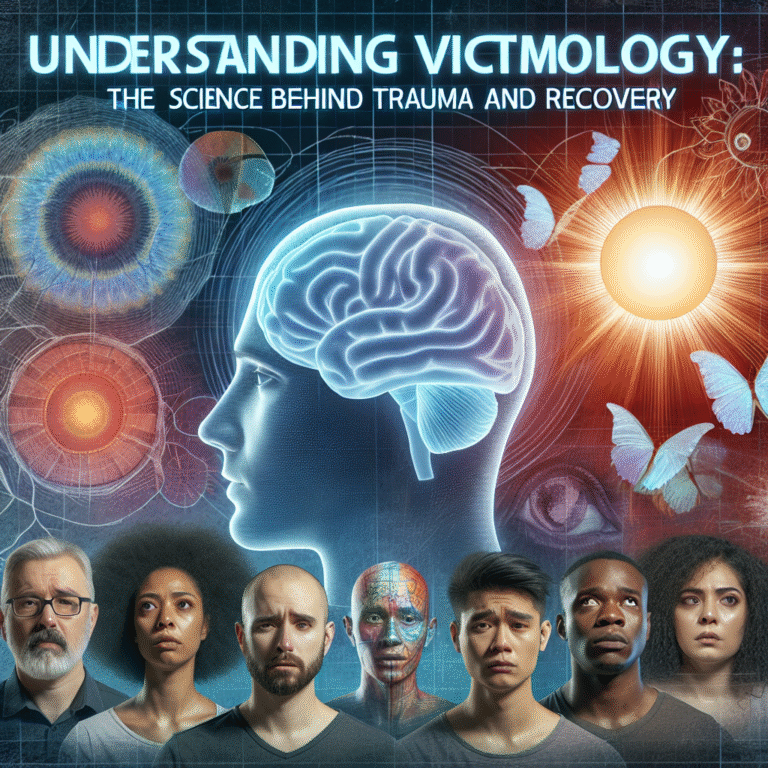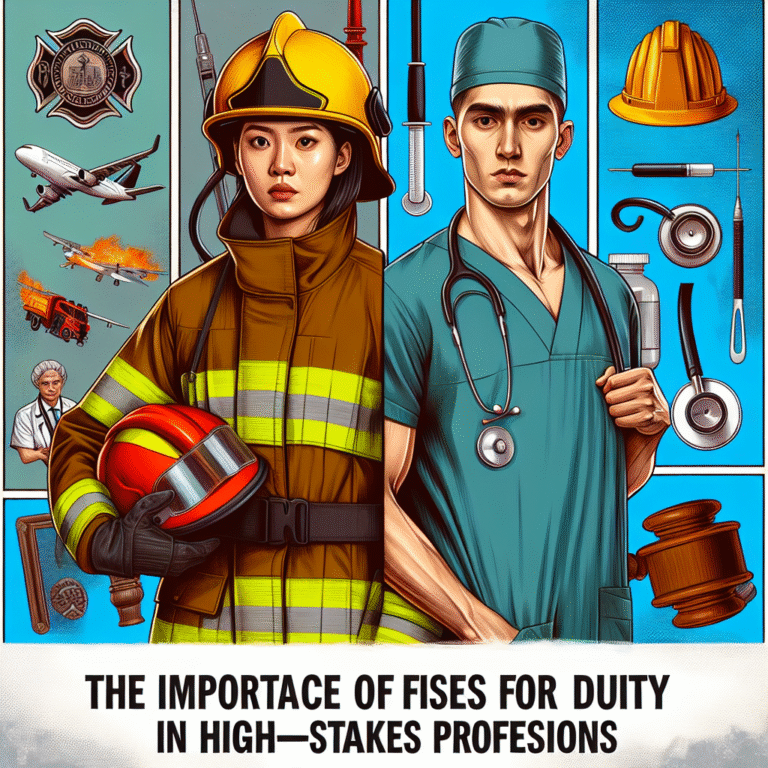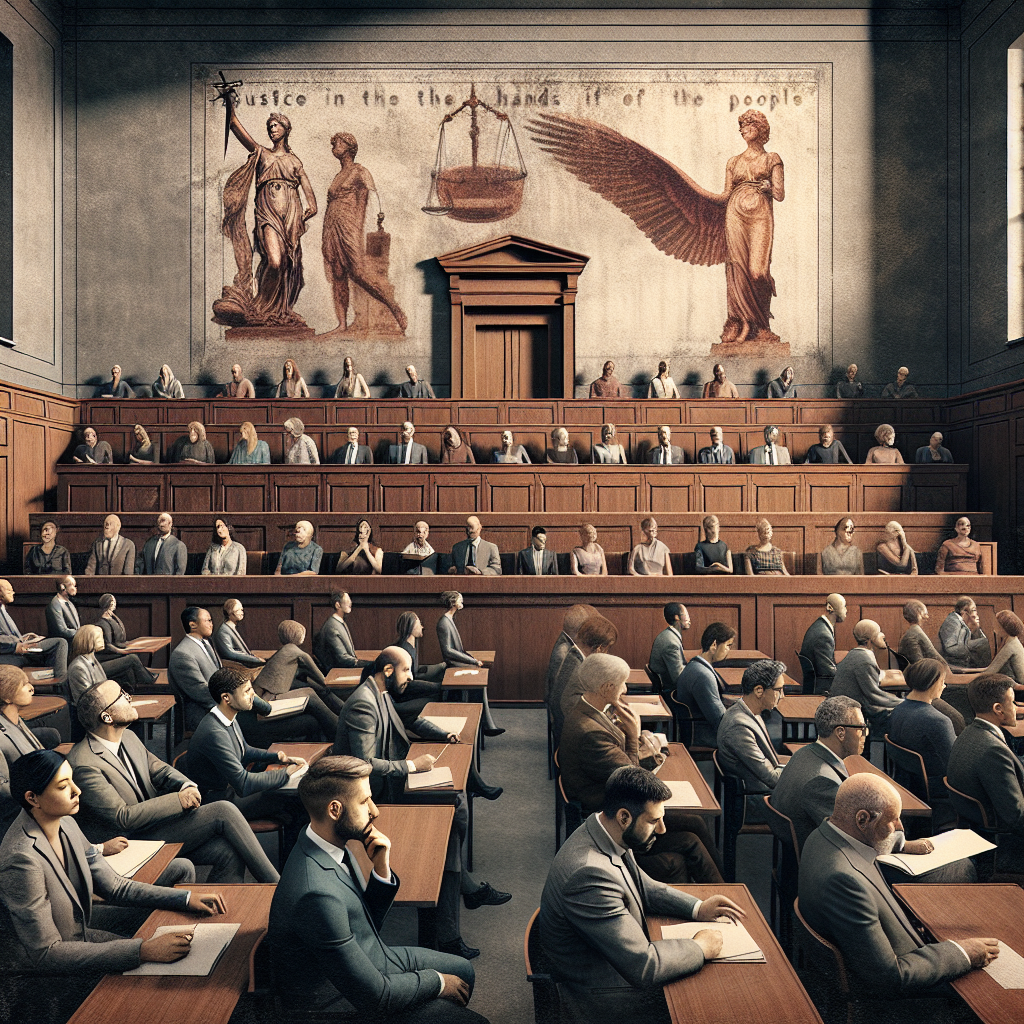
Introduction
Imagine standing in a courtroom, the air thick with tension as you await the verdict of your fate—determined by a group of individuals representing a cross-section of society. Jury selection is not merely a procedural step; it’s a critical juncture that can determine the outcome of a trial. This process, known as "voir dire," holds immense power. The art of picking jurors can sway decisions, impact lives, and even influence public perception of the justice system. In this article, we delve into the intricacies of jury selection, uncovering The Power of the Panel: What Goes into Selecting a Jury and exploring the various strategies that legal teams employ to secure a favorable jury.
Understanding the Jury Selection Process
The Importance of Jury Selection
Choosing a jury is akin to assembling a team in sports—pick the best players, and you increase your chances of winning the game. Research shows that jurors’ backgrounds, beliefs, and biases can significantly sway trial outcomes. A well-chosen jury not only ensures justice but enhances public confidence in the judicial system. Thus, The Power of the Panel: What Goes into Selecting a Jury is not just a matter of chance; it’s a strategic necessity.
The Steps Involved in Jury Selection
Jury Pool Assembly: This first step involves gathering potential jurors from voter registration lists, DMV records, and other public databases to create a pool reflective of the community.
Questionnaire Distribution: Prospective jurors are often asked to fill out questionnaires to gather preliminary information on their backgrounds, beliefs, and experiences.
Voir Dire: This is the official questioning phase where attorneys pose inquiries to the potential jurors, seeking to uncover biases and predispositions.
- Challenges: Legal teams can dismiss potential jurors via two methods:
- Peremptory Challenges: Dismissals without needing to state a reason, though limited in number.
- Challenges for Cause: Dismissals based on stated reasons related to bias or ability to serve impartially.
Key Factors Considered in Jury Selection
- Demographics: Age, gender, race, and socio-economic status can impact a juror’s perspective.
- Occupation: Jurors from particular professions may have different views on legal matters.
- Personal Experiences: Life experiences, like having been a victim of crime or being part of a legal profession, can influence juror behavior.
Case Studies: Jury Selection in Action
Case Study 1: The O.J. Simpson Trial
The O.J. Simpson trial in the 1990s is an iconic example of jury selection affecting a trial’s outcome. The defense skillfully selected jurors who could empathize with Simpson’s experiences, thereby swaying juror opinions in favor of acquittal. This case illustrates how The Power of the Panel: What Goes into Selecting a Jury can encapsulate societal biases that play a pivotal role in high-stakes cases.
Analysis: The trial exposed the divide in racial perceptions about justice and crime, emphasizing the necessity of understanding demographic landscapes during jury selection.
Case Study 2: The Andrea Yates Trial
In 2002, Andrea Yates was tried for drowning her five children. The jury pool was meticulously screened for biases related to mental health. The defense worked hard to find jurors who could understand Yates’ mental state, ultimately resulting in a conviction being overturned due, in part, to ineffective jury selection.
Analysis: This case highlights how mental health awareness and personal beliefs can sway juror opinions, stressing the importance of thorough questioning during voir dire.
Case Study 3: The Boston Marathon Bombing
During the trial of Dzhokhar Tsarnaev, the Boston Marathon bomber, jurors were selected under intense media scrutiny. The legal team focused on questioning jurors about their preexisting views on terrorism and criminal justice, a critical phase illustrated in The Power of the Panel: What Goes into Selecting a Jury.
Analysis: This scenario underscores the significance of addressing public opinion in high-profile cases and demonstrates how jurors’ backgrounds can affect their roles.
Chart: Factors Affecting Jury Selection
| Factor | Impact on Jury Selection |
|---|---|
| Age | Varies by generational perspectives |
| Gender | Potential bias in empathy |
| Race | Can influence societal attitudes |
| Socio-economic Status | Affects worldview |
| Profession | Brings unique biases |
| Personal Experiences | Shapes perceptions |
Effective Strategies for Jury Selection
Leveraging Jury Consultants
Employing jury consultants can offer invaluable insights into public opinion and juror psychology. These experts analyze behavior patterns and suggest strategies for constructing a favorable jury.
Conducting Mock Trials
Mock trials allow legal teams to test arguments and juror reactions before the real trial, providing insights into how different jury compositions might receive their case.
Utilizing Social Media and Background Checks
In today’s increasingly digital world, attorneys may turn to social media profiles to gain a better understanding of potential jurors’ attitudes and biases.
The Role of Implicit Bias in Jury Selection
Implicit biases can profoundly influence juror decisions. These subconscious stereotypes affect how jurors perceive the defendant, the case, and even the lawyers involved. By recognizing these biases, attorneys can work to counteract them during jury selection.
Best Practices for Attorneys
Build Rapport
Establishing a connection with potential jurors can create a more comfortable atmosphere, allowing them to speak openly about any biases.
Customize Questions
Standard questions may not suffice. Tailoring inquiries to evoke responses relevant to the specific case can uncover hidden biases.
Remain Transparent
Honesty about the trial’s context and the nature of the questioning can foster trust with potential jurors.
Conclusion
The task of jury selection is complex and filled with nuances that go far beyond the basic steps outlined in this guide. The Power of the Panel: What Goes into Selecting a Jury cannot be understated—it’s a confluence of psychology, strategy, and social awareness. Understanding this process enables not just lawyers but anyone interested in the judicial system to appreciate how vital it is for achieving justice. As we continue to explore this crucial aspect of law, the insights shared here are not just for legal professionals; they are for anyone who seeks to understand the implications of their civic duty in the courtroom. The power truly lies in the panel.
FAQs
1. What is the primary purpose of jury selection?
The primary purpose of jury selection is to ensure an impartial jury that can fairly evaluate the facts of a case without bias.
2. How many jurors are typically selected for a trial?
The number can vary, but a standard jury in criminal trials often consists of 12 jurors, while civil trials may have as few as 6.
3. Can jurors be dismissed for any reason?
Jurors can be dismissed for various reasons, particularly if they display biases or inability to remain impartial. However, attorneys must be cautious about using peremptory challenges to avoid legal repercussions.
4. Why are demographics important in jury selection?
Demographics are essential because jurors’ backgrounds can influence their perspectives, which in turn impacts how they interpret evidence and juror statements.
5. Can the jury selection process impact public opinion?
Yes, the jury selection process can mirror societal biases and perceptions, subsequently affecting how the public views the justice system and its outcomes.
With an understanding of The Power of the Panel: What Goes into Selecting a Jury, we empower ourselves as citizens to appreciate the complex tapestry of our justice system. Through strategic jury selection, we take steps towards a fair and equitable legal process, making each of us a stakeholder in the pursuit of justice.





